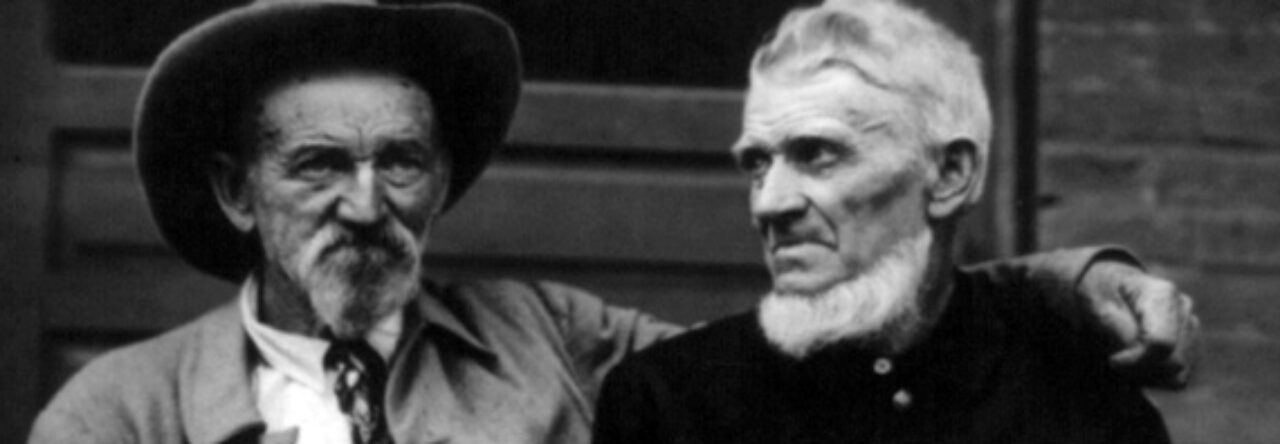Sources
Important sources include Sarah H. Bradford’s Scenes in the Life of Harriet Tubman (1869) and Harriet, the Moses of Her People (1886). In addition, the National Archives has a 1898 affidavit related to her claim for a pension (Page 1 ; Page 2). One of the best studies on Tubman’s life is Kate Clifford Larson’s Bound for the Promised Land: Harriet Tubman, Portrait of an American Hero (2004). Check Larson’s website for excerpts, a timeline, and other resources. Other secondary sources include Dorothy Sterling’s Freedom Train: The Story of Harriet Tubman (1954), Catherine Clinton’s Harriet Tubman: The Road to Freedom (2004), and Milton Sernett’s Harriet Tubman: Myth, Memory, and History (2007). Also see the “Harriet Tubman: Online Resources” from the Library of Congress.
Places to Visit
Historical markers related to Tubman are located in a number of places, including one in Bucktown, Maryland and another in Bristol, Pennsylvania. Bucktown is in Dorchester County, Maryland, the place where Tubman was born. You can also visit the Harriet Tubman Home Auburn, New York. Important museums include the Tubman Museum of African American History in Macon, Georgia and the National Underground Railroad Freedom Center in Cincinnati, Ohio. In addition, this essay from the National Park Service provides an overview of places associated with Tubman.
Artifacts
The National Museum of African American History and Culture has the lace shawl (circa 1897) that Queen Victoria gave Harriet Tubman.
Images
The Harriet Tubman collection at the National Museum of African American History and Culture has photographs of Tubman’s funeral in 1913.


Leave a Reply